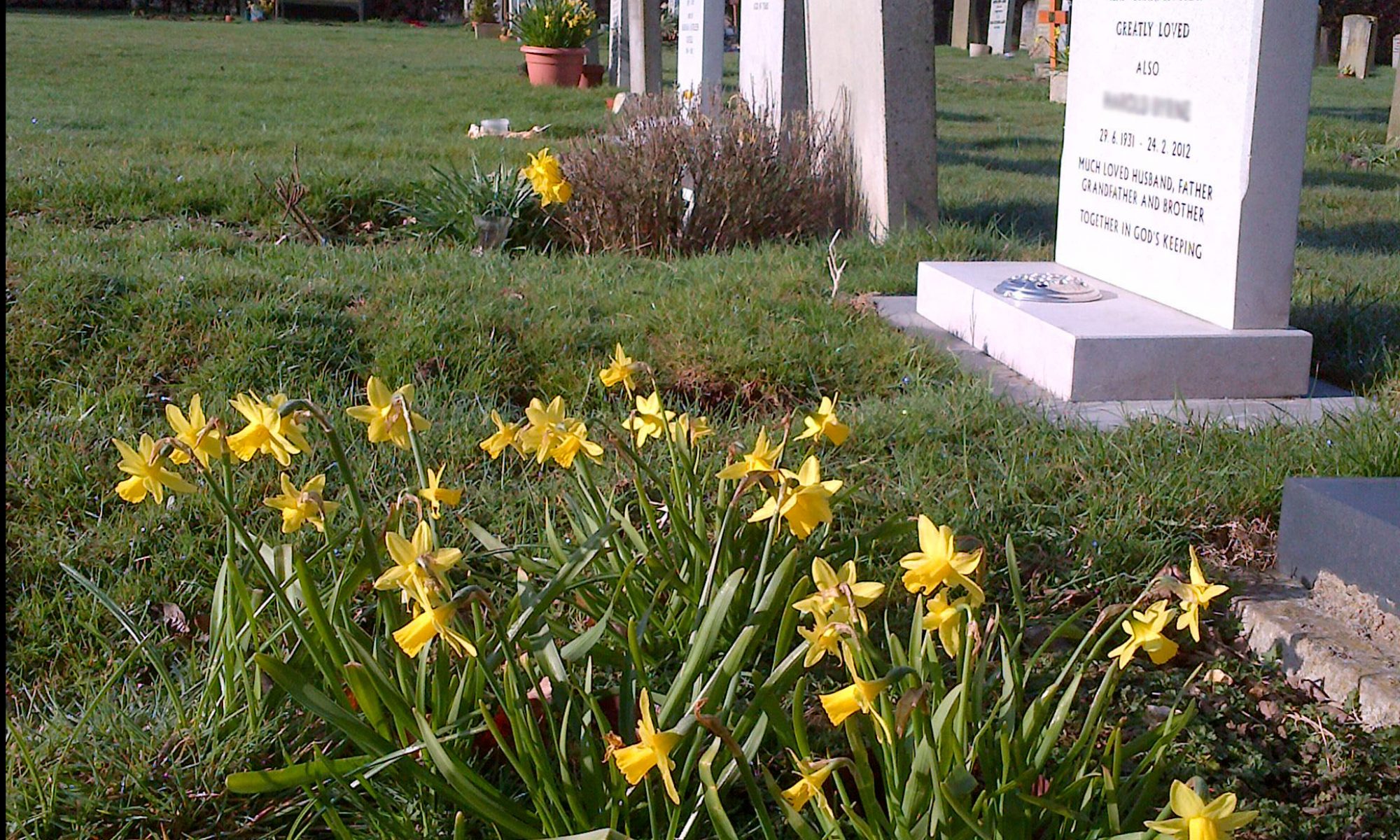Finally, the last excavation for the services between the Hall and the boiler house was dug, the ducts laid and buried and the piles of mud and flint in front of the Ambulatory entrance screen were cleared away. The ground was levelled and a layer of type 1 bedding laid and tamped down, ready for laying the paving stones.

The original intention had been to lay resin bonded gravel to match and continue the paths in the churchyard. However, the builder was advised that the bonding formula had been changed and it was no longer considered to be so resilient. We couldn’t lay a surface which was not going to last more than ten years or so, so a substitute had to be found. Concrete pavers were considered but they don’t last well and were the wrong size to put against the church. So we chose Indian stone in a grey colour to match the building. It turns out to have brown flashed in it which relates to the flint walls very nicely. Fortunately the frosty weather was over by the time the stones were laid, but the final day was relentlessly wet. Undaunted, work continued doggedly through the rain and the paving was finally finished. There is an area outside the boiler house which has been paved using the old coping stones from the original churchyard wall. These had formed the little path down to the Ambulatory and it is very appropriate to preserve and re-use them.
Barbara Sheard and Michael Carver
Churchwardens


